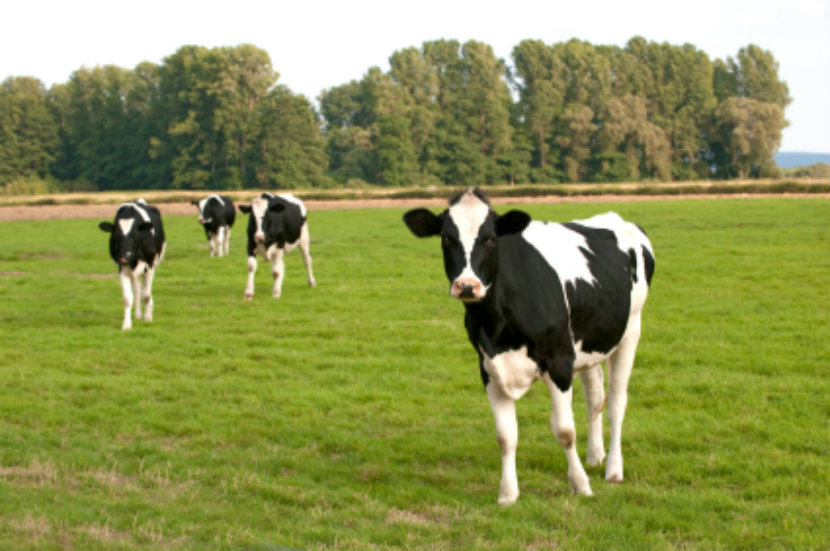Pituitary growth hormone (GH) has considerable potential as an anabolic agent in animal production. For example, pigs treated with GH will grow faster (i.e. deposit protein), require less feed per unit of body weight gain, and will have less carcass fat than untreated animals.
The peptide most commonly used to enhance growth and production is growth hormone (GH). Its chemical structure is species-specific, and it has a short half-life (20–30 minutes). It is not an orally active compound and is rapidly digested and cleared by the gut, liver, and kidney; thus, it must be administered via a parenteral route. Sustained-release (14–28 days) formulations have been developed for use in cattle to eliminate the need for daily injections.
When administered to cattle, GH increases growth rate (5%–10%), feed conversion efficiency, and the carcass lean-to-fat ratio. Sex has little effect on responses to GH in cattle. Response to GH is less in older cattle with greater fat deposition. There is an interaction between magnitude of response and nutritional level; protein content and specific amino acid composition may be important to achieve maximal performance responses. The effects of GH are largely additive to those obtained from steroid implants.
Growth hormone improves growth and feed efficiency in sheep but not in poultry. Recombinant GH in pigs has dramatic effects, resulting in an increase in daily gain (20%), decrease in feed intake (5%), and a decrease in the feed-to-gain ratio (20%). A 10% increase in lean content and a 35% decrease in adipose tissue may be realized in swine. Administration of bovine GH at 25 mg/day to lactating cattle increases milk yields of dairy cows by as much as 20%. Growth hormone has been approved for commercial use in some countries to increase milk production output and efficiency.


